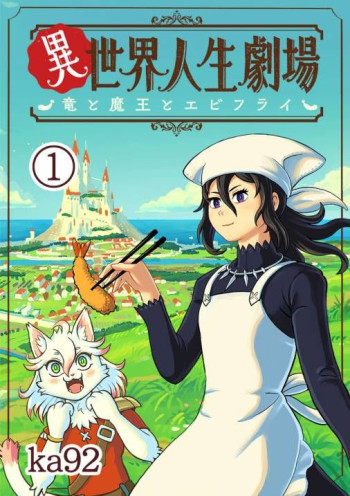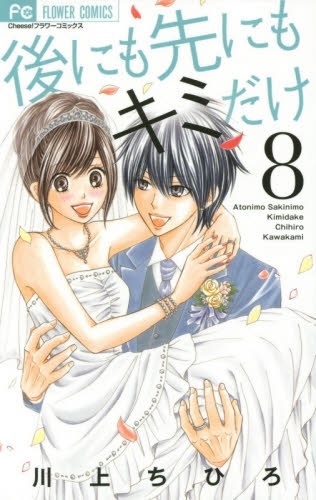Callie Hutton's For the Love of the Viscount, the first installment in the Noble Hearts series, is a delightful Regency romance that intertwines themes of independence, societal expectations, and the complexities of love. Set against the backdrop of the early 19th century, the novel introduces readers to Lady Elise Smith, a bluestocking who is content in her role as a spinster, and Lord Simon St. George, a charming viscount who has no intention of marrying. Their unexpected connection leads to a series of events that challenge their perceptions of love and duty.
From the outset, Hutton establishes Lady Elise as a strong and intelligent character. She is not merely a product of her time; rather, she actively engages in intellectual pursuits, hosting gatherings that celebrate knowledge and culture. This portrayal of Elise as a bluestocking is refreshing, as it defies the typical mold of Regency heroines who often find their identities solely through marriage. Instead, Elise embodies a modern sensibility, valuing her independence and the fulfillment she derives from her intellectual endeavors. Her shock at her father's ultimatum—demanding she marry before considering suitors for her younger sisters—sets the stage for the central conflict of the narrative.
Lord Simon St. George, on the other hand, is introduced as a man who has comfortably settled into bachelorhood, enjoying the freedom that comes with it. His character is layered; while he initially appears to be a carefree gentleman, his interactions with Elise reveal a deeper complexity. Simon's intrigue with Elise, particularly when he first spots her at a ball, is a pivotal moment that propels the story forward. Hutton skillfully crafts their initial meeting, highlighting the contrast between Elise's desire for solitude and Simon's curiosity. This dynamic sets the tone for their relationship, which evolves from a mere pretense of courtship to a genuine connection.
The plot thickens as Elise proposes a ruse: they will pretend to court in order to appease her father's demands. This premise not only serves as a clever narrative device but also allows Hutton to explore the themes of societal pressure and the expectations placed on women during the Regency era. The tension between personal desires and familial obligations is palpable throughout the story, and Hutton navigates this tension with grace. As Elise and Simon engage in their charade, they begin to uncover layers of each other's personalities, leading to moments of vulnerability and authenticity that deepen their bond.
One of the standout aspects of For the Love of the Viscount is Hutton's ability to create a rich and immersive setting. The descriptions of balls, intellectual gatherings, and the societal norms of the time transport readers into the Regency world. Hutton's attention to detail enhances the reading experience, allowing readers to visualize the opulence of the era while also understanding the constraints it imposes on its characters. The contrast between the vibrant social scenes and Elise's introspective nature adds depth to the narrative, making it a compelling exploration of the period.
Character development is another strong point in Hutton's writing. As the story progresses, both Elise and Simon undergo significant transformations. Elise's journey is particularly poignant; she grapples with her identity as a woman who values her independence while also confronting the reality of her father's expectations. Her evolution from a content spinster to a woman who recognizes the potential for love is beautifully portrayed. Simon, too, experiences growth as he learns to appreciate the depth of Elise's character and the richness of a partnership built on mutual respect and admiration.
The chemistry between Elise and Simon is palpable, and Hutton expertly balances the romantic tension with moments of humor and lightheartedness. Their banter is witty and engaging, providing a refreshing contrast to the more serious themes of the story. Hutton's dialogue shines, capturing the nuances of Regency speech while making it accessible to contemporary readers. This blend of humor and romance keeps the narrative engaging and ensures that readers are invested in the outcome of their relationship.
As the story unfolds, Hutton deftly weaves in secondary characters who add depth to the narrative. Elise's sisters, each with their own distinct personalities, serve as a reminder of the familial bonds that shape her decisions. Additionally, Simon's friends provide a glimpse into the camaraderie of the male elite, further enriching the social tapestry of the story. These supporting characters are not mere background figures; they contribute to the central themes of love, loyalty, and the complexities of relationships.
In conclusion, For the Love of the Viscount is a captivating Regency romance that successfully blends humor, intellect, and emotional depth. Callie Hutton's portrayal of Lady Elise Smith as a strong, independent woman navigating the challenges of societal expectations is both refreshing and relatable. The chemistry between Elise and Simon is electric, and their journey from pretense to genuine affection is beautifully crafted. Hutton's attention to detail and character development make this novel a standout in the genre, appealing to fans of historical romance and those seeking a story that celebrates the power of love and self-discovery.
For readers who enjoy similar themes, Hutton's work can be compared to that of authors like Julia Quinn and Tessa Dare, who also explore the complexities of love and societal expectations in their Regency settings. Overall, For the Love of the Viscount is a delightful read that will leave readers eagerly anticipating the next installment in the Noble Hearts series.
























Reviews 0
Post a Reviews: